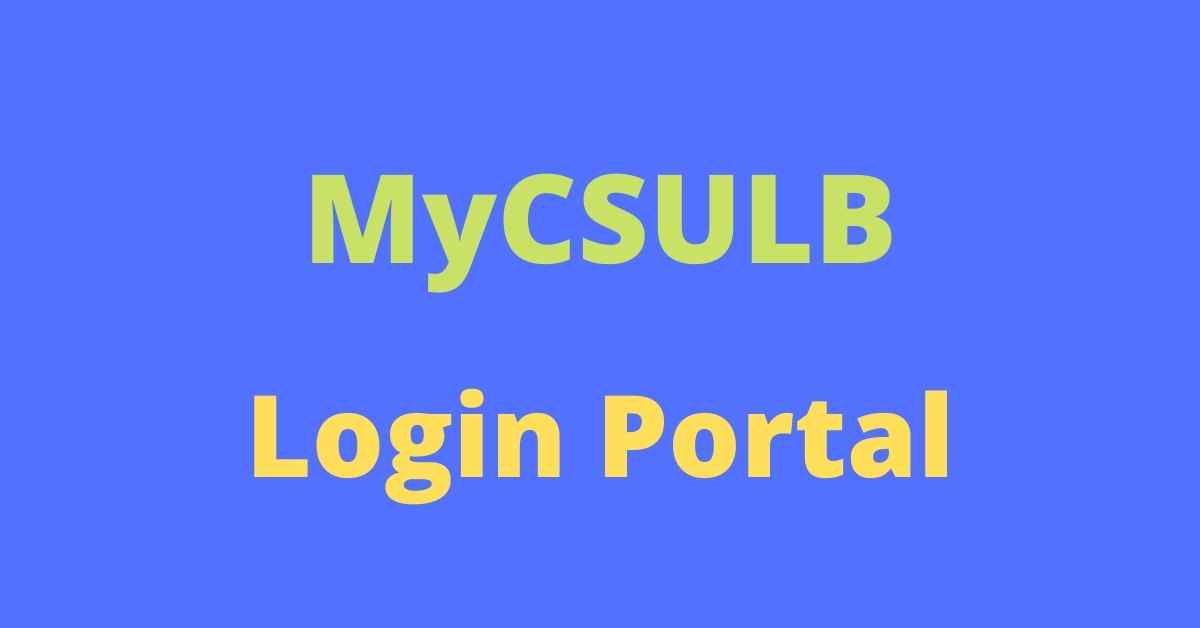Tech
The Basics of Building Your Own Web App Using Laravel

Laravel is a free, open-source framework that makes creating web applications easier and faster than ever before. Web apps are incredibly versatile. They can be used for almost anything from social media sites to eCommerce platforms to banking services. If you want to create your web app, you will need a framework to build it with, or even hire Laravel developer to work together.
The Laravel framework is a powerful toolkit designed to simplify the development of web applications using PHP.
It was first launched back in 2011 and changed the whole approach to creating robust and highly functional web applications. It was clear that Laravel would become the main PHP framework since it’s focused on simplicity and clarity – the most essential features for the app consumers.
Why is Laravel Great for Application Building?
Many developers find this framework easy to use, simple, elegant, and well-documented, which is pretty important. It’s easy to learn the basic process and see how Laravel authentication works and why it’s important when you deploy the app.
Another good thing is that the framework comes with many templates, UI kits, packages, and options for database migrations.
All these things ensure elegant coding, exceptional Laravel validation, and providing functional web apps to the customers.
So, here are the main steps to do that:
1. Plan the Project
Before you start coding with Laravel, you must determine a few details. So, make a plan and write down every idea you may have. You can even sketch how you want your app to look like and which buttons it will contain.
Write down the functionalities you want to implement, and always have the document by your side. Sometimes things can get more complicated than planned, but we are sure that won’t be a problem for you.
2. Install and Configure Laravel
Before installing the framework, you need to check the server requirements and resource demands. You can download the Laravel composer installer according to your operating system.
After that, make sure you configure the public directory with all the needed files and documents. You can follow the official website and documentation to ensure you do everything correctly.
Almost all Laravel apps are API-based, so you must install proper tools and ensure secure implementation. Don’t skip the configuration step, so you won’t need to get back to it later when you need additional tools and libraries.
3. Set the Database up
Once you are ready to create a project, you must set up the database. You need to make a few adjustments in the process, so you can call for the right database.
Experts will suggest you use the migrate artisan command to test if the database is running properly.
4. Install all the Needed Third-Party Elements
Sometimes you will need to use third-party packages, databases, and other functions in order to make your app work. Luckily, once you run the UI composer, you will be able to install scaffolding for your projects.
After that, you are ready to take the next step: generating routes, files, views, controllers, etc.
5. Split the Project into Milestones
We are sure you are confident enough to complete the task at once, but we suggest a more elegant solution. Many experienced developers are using the splitting method by creating smaller milestones.
It makes the development process more manageable, and you have enough time to test the separate pieces of code before you assemble them together.
6. Take Care of Models, Migrations, and Routes
Models allow you to insert and update information in the data table. Migrations help you execute different changes in the tables, from simple ones to complex steps you need to take. You can modify the steps as required.
When you set up the routes, you practically how the app where the URLs go. Take your time to learn more about routing the URLs to directories and controller files, so you can later use it in the code as a pre-ready function.
At this point, you can create controllers too, or “call” for some existing ones.
7. Use the Blade Templating Engine
Blade Templating Engine helps you create Laravel views and use the syntax correctly. The Blade comes with its structure that is successfully implemented in the Laravel framework.
It’s important to note that Blade won’t stop you from using plain PHP sequences in the template. It will just simplify the whole process, saving you time and labor.
8. Test the Application and Deploy it
Testing is a phase you can’t skip. It’s used to detect if there are any bugs and errors that prevent the app from successful performance. This is an important step, no matter if you do it alone or pass the task to the QA team. If you are working independently and practicing your Laravel skills, you will probably have to do all these things yourself.
When everything works fine, you are ready to launch your app live.
9. Make Sure you are Open to Feedback
Feedback can be positive, but sometimes, the community can be too strict regarding Laravel apps. The goal is to build a robust, intuitive, and useful application. When you don’t have that, you need to start all over again until you resolve all the issues.
Laravel comes with a vast online community. These people can really help you get better and grow as a developer, increasing your chances of being hired. Also, they can be pretty direct when you don’t do something properly. But, the most important for you is to accept all the feedback and use it to get better for the next project.
Final Words
Laravel is the future of PHP web app development, so it’s undoubtedly a nice addition to your current knowledge of PHP. We suggest you take small steps, so you can see what you’ve learned during the process. After that, you will be prepared to work on more extensive and more serious projects.
Of course, don’t ever stop learning, even though it seems like you already know everything about Laravel and all the processes, libraries, tools, and functions you use.
-
Blog12 months ago
MyCSULB: Login to CSULB Student and Employee Portal – MyCSULB 2023
-
Android App2 years ago
Cqatest App What is It
-
Android12 months ago
What Is content://com.android.browser.home/ All About in 2023? Set Up content com android browser home
-
Software2 years ago
A Guide For Better Cybersecurity & Data Protection For Your Devices
-
Latest News2 years ago
Soap2day Similar Sites And Alternatives To Watch Free Movies
-
Android2 years ago
What is OMACP And How To Remove It? Easy Guide OMACP 2022
-
Android3 years ago
What is org.codeaurora.snapcam?
-
Business2 years ago
Know Your Business (KYB) Process – Critical Component For Partnerships





















